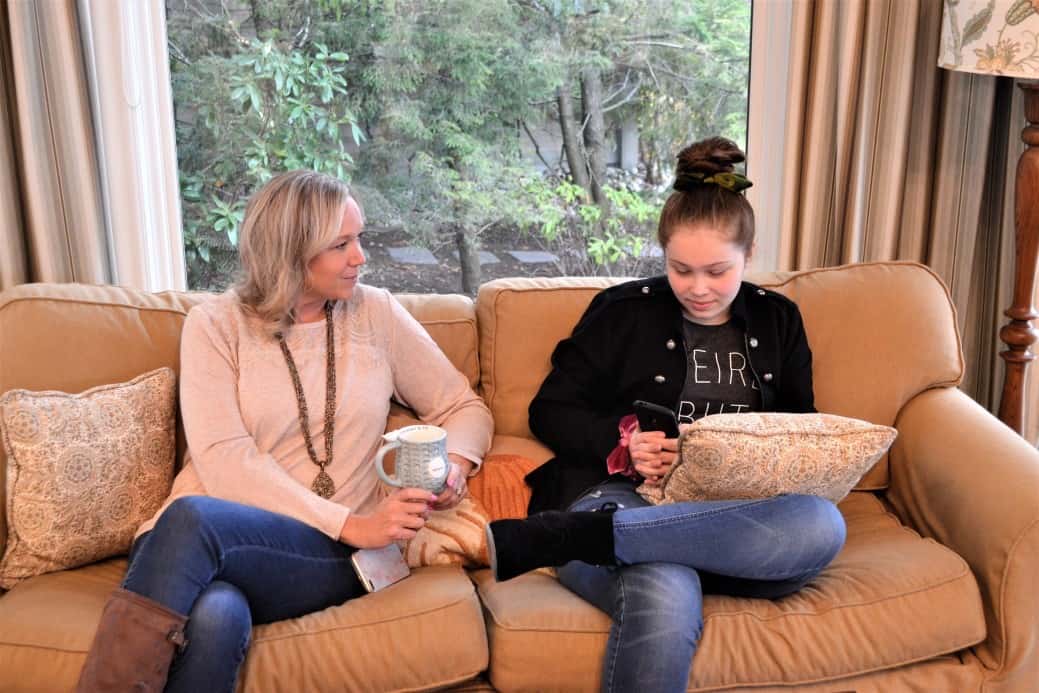The school year has ended and summer is upon us. It’s a wonderful time to relax and recharge before the next school year. But, it’s easy to watch as time slips away in a summer haze. Three months of break become two, two become one, and one becomes a matter of weeks, then days. If your student has summer goals—i.e. books to read, admissions essays to draft, practice tests to take—then the passage of time can become a stress-inducing pressure-cooker.
But, as a parent, it’s a tricky balance: while you don’t want to overstep or nag, you do want to empower your student to strategically use the summer months.
As a test prep coach, I guide students to make the most of their time and take proactive steps toward long-term goals. By taking some time to plan at the beginning of the summer, you can help your student create a more productive, fulfilling, and fun summer vacation.
[More on how teens can make good use of the summer months here.]
To be clear, this sort of dialogue is not meant to undermine a relaxed summer. Unstructured time is an important element of summer break. Rather, this conversation is intended to give students just enough structure to maintain some of the positive momentum of the school year and help students make progress towards goals which are important to them.
I have written this with teens in mind, but you can adapt it for younger students by simply creating a list of summer goals together and collaboratively creating an age-appropriate accountability system.
Six Steps to Help Teens Create a Summer Plan
1) Schedule a time to discuss the summer and brainstorm goals.
By scheduling a time in advance, you not only allow your teen to mentally prepare, but you also create boundaries around the meeting. You don’t need to schedule the time weeks in advance. It’s enough to say, “Are you free to talk about your summer plan in an hour? If not, when would be a good time?”
As preparation for the meeting, suggest that each of you independently take ten minutes to brainstorm a list of summer goals. The question on the table: By September, what would your student like to have accomplished?
2) Compare lists.
Listen as your student reads his or her list. When he or she is done, acknowledge what your student has distinguished as important. Then, ask if you may share your list. Read any items that your student didn’t mention and ask whether it makes sense for your student to add these goals to his or her list.
3) Break down big goals.
For some tasks, it might be helpful to brainstorm smaller steps within the task. For example, rather than simply having the goal of writing an essay for the common application, your student might want to identify individual steps, such as reading a book on writing a college essay, brainstorming essay topics, writing an outline, writing a first draft, and editing.
Ask your student: “Are there any goals that can be broken down into specific steps?”
4) Create a timeline.
Ask your student to estimate approximately how many total hours it will take to accomplish each item (or sub-item) on the list or—in the case of recurring commitments such as working at a job or practicing a sport or instrument—how many hours your student will commit per week. Note that for some goals, like reading a book, it might be useful to double the expected completion time since people often underestimate how long a project will take—an effect that becomes more pronounced as a goal becomes more abstract.
Some of your student’s goals may involve commitments that happen at set times. Other goals require your student to commit discretionary time.
On a monthly calendar, have your student write recurring commitments, such as a job or sports practice, and one-off commitments such as sports camps or appointments.
Your student can then choose the days on which he or she will commit time toward progressing with their self-scheduled goals.
5) Create an accountability system.
Ask your student how he or she would like to hold him or herself accountable for the summer plan.
Maybe that means creating a paper wall calendar or to-do list that is hung somewhere prominent, creating phone alarms that alert the student to begin a task, or agreeing to one day a week in which you may initiate a conversation about your teen’s progress. The goal here is to create a system in which your teen can self-motivate so that you won’t need to nag—a cell phone can do the nagging for you!
6) Choose a check-in date.
Halfway through summer, designate a check-in day on which you can have a conversation evaluating how the system is working. Again, allow your student to begin the analysis. Ask if there are ways the system might work better, and if so, how might the student set him or herself up for greater success moving forward. Until the check-in date arises, allow the summer to unfold as it will. Because the check-in happens partway through the summer, there should still be plenty of time to course correct, if necessary.
By allowing your student to take the lead in these conversations, you create a context in which the goals and means of accomplishment are authentic to your son or daughter. It also gives you an opportunity to hear what matters to your student and why. Consider the next three months to be practice for college, when much of a student’s life is unstructured and students must self-motivate. Create conditions in which your teen can rise to the challenge of being an independent adult while knowing that you are there for support along the way.
Related:
12 Proven Ways to Help Your Teen Through Junior Year
College Tour: Why Parents Should Be Seen and Not Heard

. She helps students from across the country perform and feel their best in the test room and beyond.
Learn more about Erika’s SAT and ACT coaching programs here.
Download a free PDF of the first chapter of Acing It! here.










